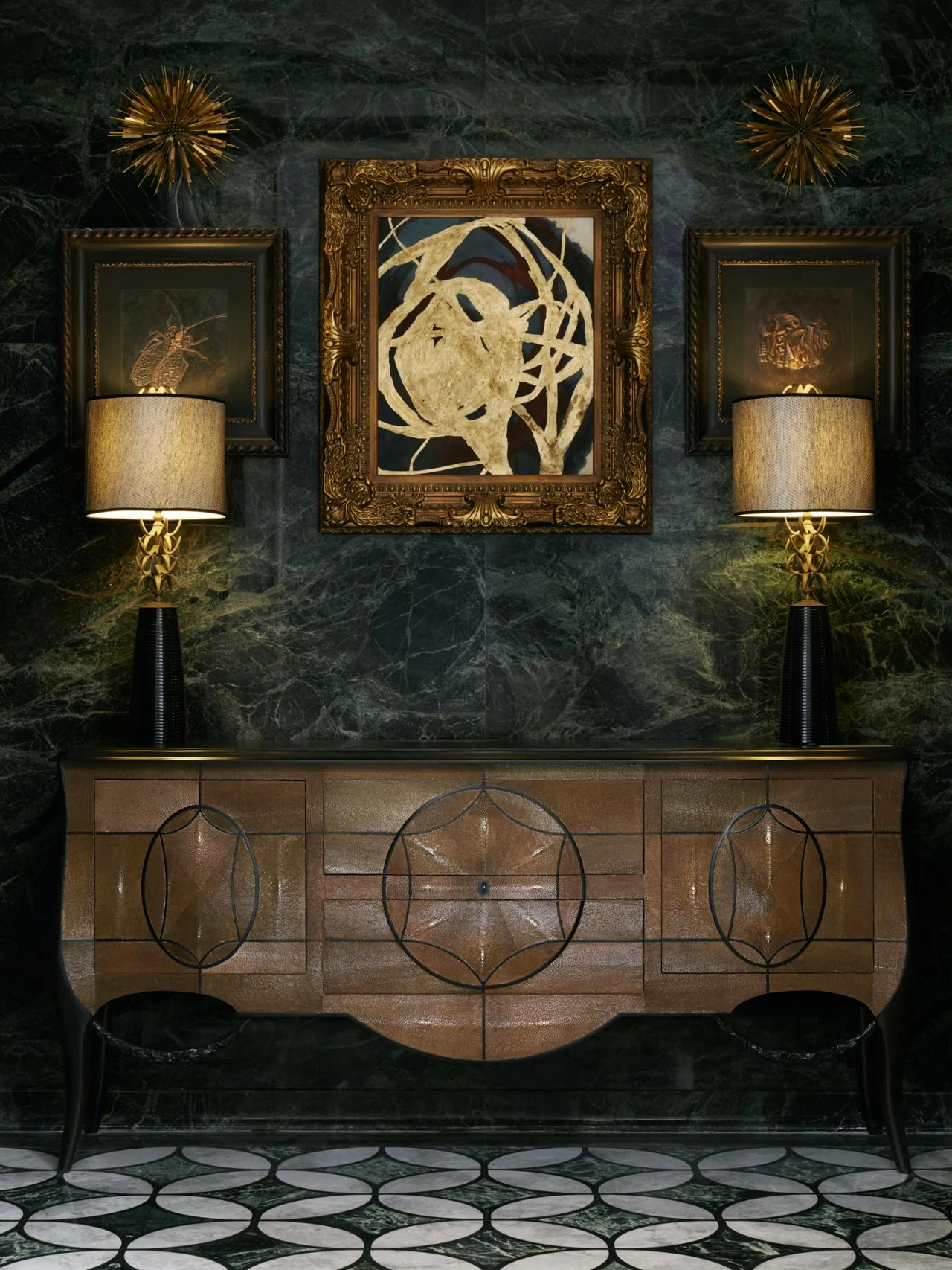Humbug KebbellDaish
2011-10-02 00:00
架构师提供的文本描述。这个项目,Humbug,位于莫宁顿半岛的一个小村庄,距离澳大利亚墨尔本大约一小时车程。该地点正缓缓地向一条砾石路倾斜,俯瞰一个山谷,那里有葡萄园和乡村建筑。客户是一位著名的艺术家(画家),其简略是设计一个小工作室,为他的家人提供更多的生活空间。
Text description provided by the architects. This project, Humbug, is located in a small village on Mornington Peninsula, approximately an hour’s drive from Melbourne, Australia. The site is gently sloping towards a gravel road and looks over a valley in which there are vineyards and rural buildings. The client is an established artist (painter), and the brief was to design a small studio with additional space for his family to live.
骗局是建筑师萨姆·凯贝尔和画家彼得·阿德塞特之间的一个过程的残余。我们说“残留物”是为了强调,这个项目既是通过对话形成和检验想法的过程,也是对话的结果。因此,欺骗既是一种过程,也是一种东西。
Humbug is the residue of a process between an architect, Sam Kebbell, and a painter, Peter Adsett. We say ‘residue’ to emphasize that the project is both the process where ideas were formed and tested through dialogue, and the result of that dialogue. Humbug is therefore both a process and a thing.
我们着手研究绘画和建筑之间的空间。其目的并不是把绘画运用于绘画,而是把“在绘画中”作为一种学科结构,同时进行建筑创作,反过来,把建筑思维引入到“绘画的建构”中去。我们所追求的联系并不是双方共有的任何表征装置,而是空间和表面的经验。
We set out to investigate the space between painting and architecture. The intention was not to apply paint pictorially but rather to think ‘in painting’ as a disciplinary structure while making architecture and, conversely, to bring architectural thinking to the ‘construction of painting’. The connection we pursued was not any representational device common to both; but rather the experience of space and surface.
我们用来探讨空间和表面之间的相互作用的语言是“图形和地面”:绘画和建筑共同使用的术语。自1748年诺利的罗马地图以来,图形地形图一直是用来理解建筑形式的传统建筑技术。图形和背景也提供了绘画的感性逻辑。
The language we used to explore the interplay between space and surface was ‘figure and ground’: terms common to both painting and architecture. Figure ground drawings have been, since Nolli’s map of Rome in 1748, a conventional architectural technique for understanding built form in context. Figure and ground also provide the perceptual logic of painting.
在绘画和建筑中,人物都会站出来,地面退去;图形是问题中的“作品”,而地面则是它的“背景”。人们通常把挂在白色墙壁上的画从图形和地面的角度来考虑:画作为图形(所涉及的对象)和白色的墙壁作为地面(绘画的背景)。绘画通常是建筑地面上的人物,而绘画通常是建筑空间中的表面。
In both painting and architecture, figure comes forward and the ground recedes; figure is the ‘work’ in question and ground is its ‘context’. It is common to consider a painting hung on a white wall in terms of figure and ground: the painting as figure (the object in question) and the white wall as ground (the context for the painting). Painting is frequently the figure on an architectural ground, and paint is frequently the surface in an architectural space.
例如(还有一些),沿着Humbug前面的条纹画布是直接引用法国艺术家丹尼尔·布伦(DanielBurn),供街头观看。有一段时间,它是中心人物(前景),它背后的工作室是地面(背景)。然而,这些帆布条纹实际上是用来看挂在工作室里的绘画的甲板椅。一个人从字面上转身让他们坐下(他们真的变成了“后退”和“地面”),而工作室墙上的作品又回到了“人物”。这些画布条纹在图形和背景之间闪烁,或者在艺术和建筑的逻辑之间闪烁。
For example (and there are a few), the striped canvas along the front of Humbug is a direct reference to French artist Daniel Buren, exhibited for the street to see. For a moment, it is the central figure (foreground) and the studio behind it is the ground (context). However, these canvas stripes are in fact deck chairs from which to view paintings hanging in the studio. One literally turns one’s back on them to sit down (they literally become ‘back’ and ‘ground’) and the work on the studio wall returns to ‘figure’. Those canvas stripes flicker between figure and ground; or between the logic of art and architecture.
Peter Adsett和Sam Kebbell提供的案文
Text provided by Peter Adsett and Sam Kebbell
 举报
举报
别默默的看了,快登录帮我评论一下吧!:)
注册
登录
更多评论
相关文章
-

描边风设计中,最容易犯的8种问题分析
2018年走过了四分之一,LOGO设计趋势也清晰了LOGO设计
-

描边风设计中,最容易犯的8种问题分析
2018年走过了四分之一,LOGO设计趋势也清晰了LOGO设计
-

描边风设计中,最容易犯的8种问题分析
2018年走过了四分之一,LOGO设计趋势也清晰了LOGO设计






































































